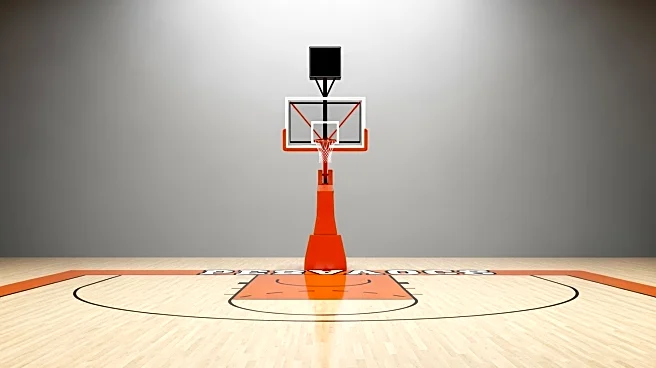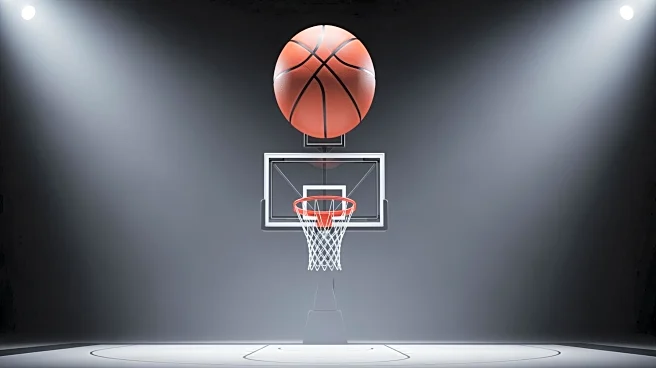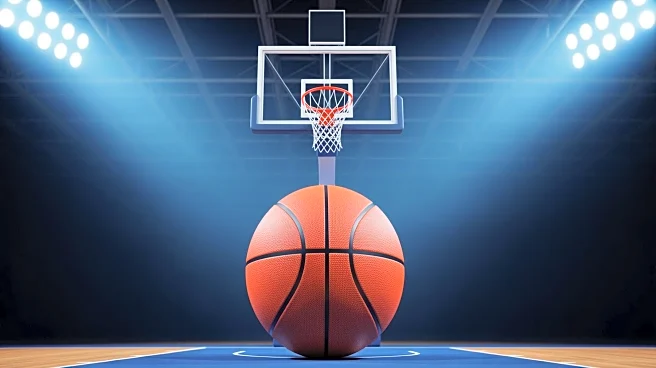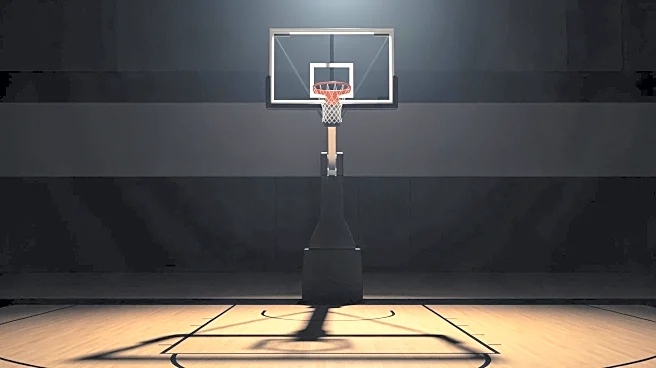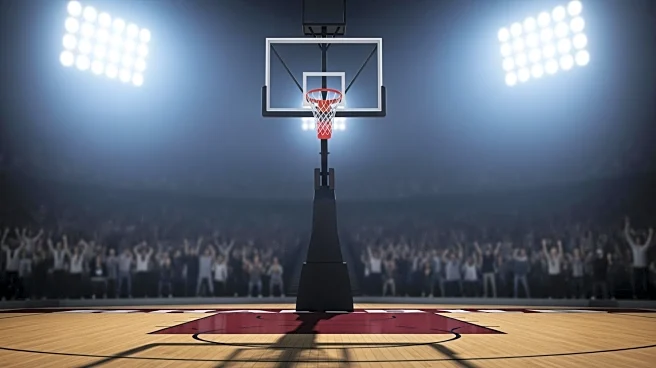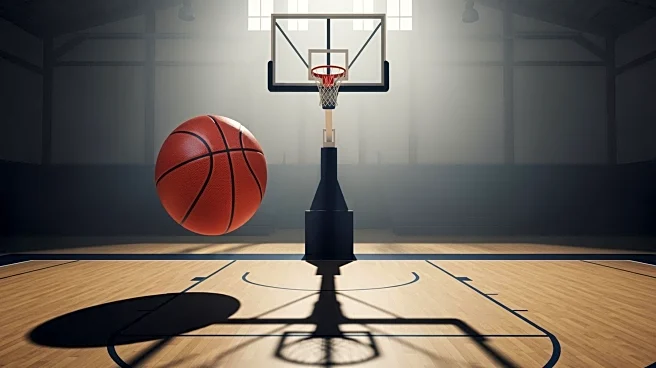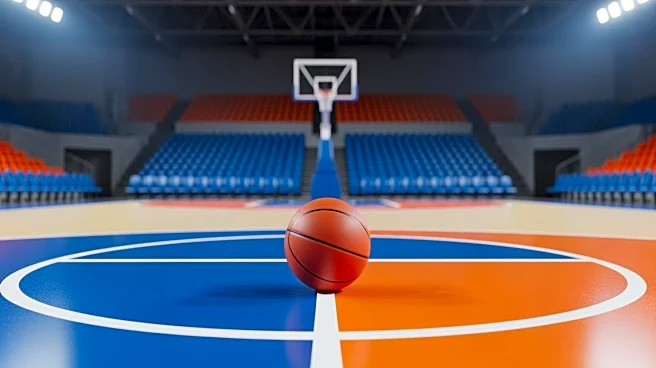What's Happening?
The Florida Gators, defending national champions, opened their home schedule with a decisive 104-64 victory over North Florida. The highlight of the game was the debut of Olivier 'Ollie' Rioux, a 7-foot-9
sophomore center, who became the tallest player ever to appear in a Division I men's basketball game. Rioux's entry into the game was met with enthusiastic cheers from the crowd, marking a significant moment for the player and the team. Head coach Todd Golden emphasized the importance of Rioux's debut, noting his hard work and positive attitude despite limited playing time due to the team's frontcourt depth. Golden ensured Rioux's participation was meaningful, allowing him to finish the game without fatigue.
Why It's Important?
Olivier Rioux's debut is significant not only for its historical context but also for its impact on the Florida Gators' team dynamics. Rioux's presence adds a unique dimension to the team's strategy, potentially influencing future game plans and player rotations. His entry into Division I basketball highlights the inclusivity and diversity within the sport, showcasing how players of varying physical attributes can contribute to the game. For Rioux, this moment represents the culmination of years of dedication and perseverance, serving as an inspiration to athletes facing similar challenges.
What's Next?
Rioux's debut may lead to increased media attention and fan interest in Florida Gators' games, potentially boosting attendance and support for the team. Coach Golden and the team will likely continue to integrate Rioux into their lineup strategically, considering his physical capabilities and endurance. As Rioux gains more experience, he may become a more prominent figure in college basketball, influencing recruitment and training practices for players with unique physical attributes.
Beyond the Headlines
Rioux's participation in Division I basketball raises discussions about the evolving nature of sports and the acceptance of diverse player profiles. It challenges traditional perceptions of athleticism and encourages a broader understanding of what constitutes a valuable player. This development may inspire other teams to explore unconventional talent, fostering a more inclusive environment within collegiate sports.
